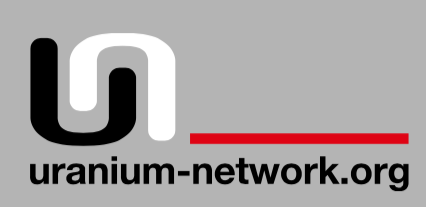Bruno Chareyron
At all the French uranium mines where it made radiological surveys, the CRIIRAD laboratory discovered situations of environmental contamination and a lack of proper protection of the inhabitants against health risks due to ionizing radiation.
Radiological problems are not only to be addressed during mining or milling operations but also on the longer term after mine closure.
Uranium and its by-products
All natural uranium isotopes (238U, 234U, 235U) are radioactive. The most common
isotope, 238U, decays naturally into a succession of 13 other radioactive nuclides.
All are metals (thorium 230, radium 226, lead 210, polonium 210, etc) except one, radon 222, which is a radioactive gas.
Uranium and its decay products emit various ionizing radiation such as alpha and beta particles and gamma radiation.
The Earth’s crust has a typical 238U activity of about 40 Becquerels per kilogram
(Bq/kg). Since the creation of the Earth, this level of radiation has decreased by two-fold because 238U half-life is very long and equal to the age of the planet earth (4.5 billion years).
This presence of natural uranium in the Earth crust, and therefore in numerous building materials made out of natural minerals, is the main source of exposure of mankind to ionizing radiation.
This is especially due to the diffusion of radon gas from the soil and materials containing uranium- and its accumulation in the air inside buildings and dwellings.
This radiological hazard is now well documented and International (The International
Commission on Radiological Protection, ICRP) and European (Euratom) regulations determine recommendations and action levels in order to lower radon concentration inside buildings and reduce cancer risks.
The health impacts of ionizing radiation even at low doses include the increase
of various types of cancers, genomic instability, life-shortening and negative impacts
on all the body functions.
